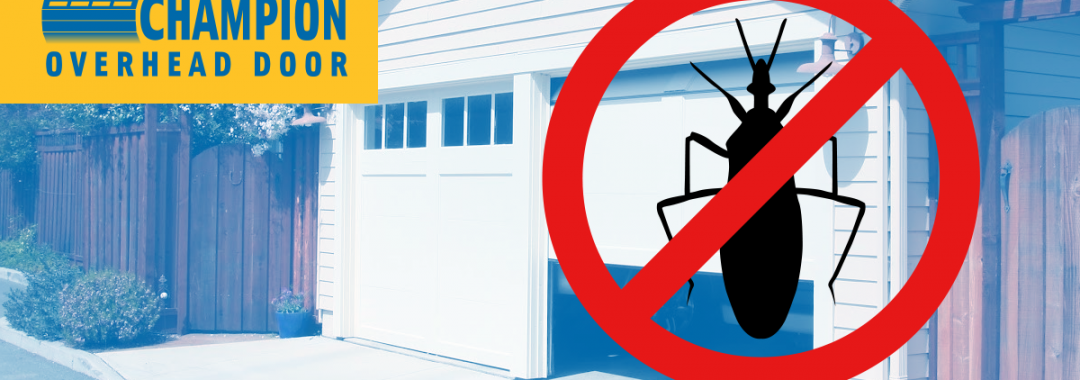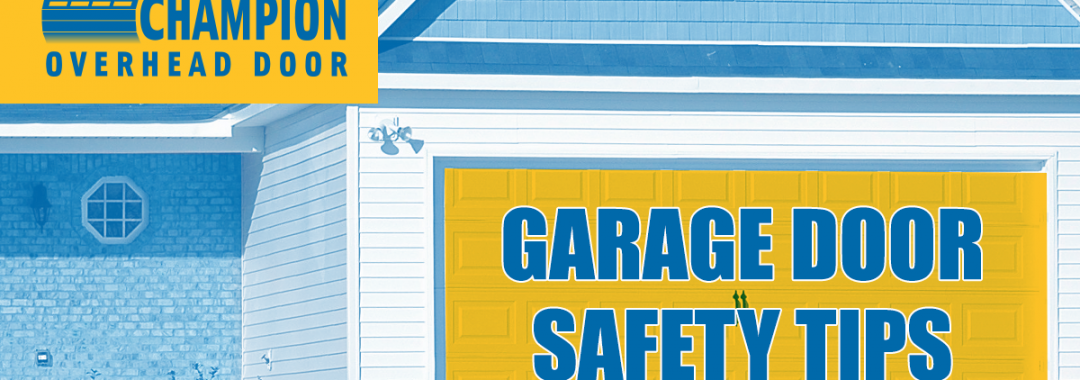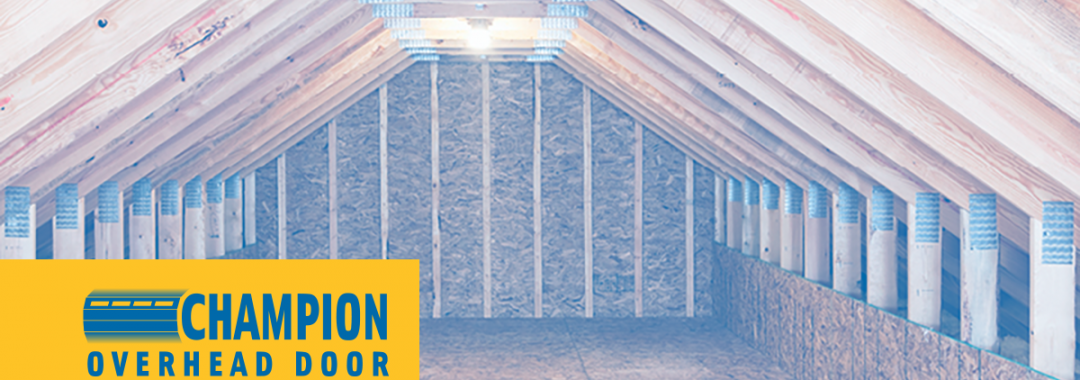Garage Door Maintenance: How to Clean Your Garage Door

A major part of garage door maintenance involves cleaning your garage door, ideally about twice a year. With spring in full bloom, there’s no better time to complete this task, particularly after another long New England winter, when all that moisture and salt can accumulate on the outer surface and leave lasting damage.
Read on to learn why it’s important to wash your garage door, and how to best get the job done the next time you have a free morning or afternoon.
Reasons to Clean Your Garage Door
Washing your garage door regularly is a simple way to increase curb appeal. But the major reasons for conducting this type of garage door maintenance go beyond simple aesthetics. A garage door is an investment, and cleaning yours can help protect that investment by prolonging the finish and potentially even maintaining the warranty if that applies to you. It’s also an effective way to prevent rust, which occurs when debris builds up over time.
How to Clean Your Garage Door
Now that you understand the importance of cleaning your garage door, here are some instructions for how to complete this task simply and effectively.

Use a Mild Cleaning Solution
When it comes to cleaning your garage door, a mild detergent such as dishwasher soap or car wash soap is more than enough to get the job done. In fact, it’s important to never use abrasive cleaners, which can cause irreparable damage to the painted surface. You’ll also want to avoid pressure washers for this same reason.
We recommend dissolving one cup of low-phosphate detergent into about two gallons of water to create your cleaning solution. Be sure to use gentle sponges and clean cloths to further prevent any damage.
Clean All Parts of Your Garage Door
Adequate garage door maintenance means washing more than just the surface of the garage door. There are many different parts of the garage door that contribute to its proper function, and it’s necessary to keep them all clean and free of debris. Remove leaves and dirt from the garage door tracks to keep it opening and closing with ease. Wipe down the photo eye sensors, which are necessary in preventing accidents. Clear away any buildup on the weatherstripping to keep it in good condition.
Wax Your Garage Door
When cleaning metal and fiberglass garage doors, we always recommend waxing your garage door after cleaning it. This adds a protective coating that guards against the harshness of the elements and helps prevent wear and tear. Any good-quality automotive wax should also be suitable for a garage door.
Cleaning your garage door is a perfect opportunity to conduct other garage door maintenance as well, such as inspecting for signs of proper functionality. If you notice any potential problems, the team at Champion Overhead Door is always here to help with any repair and maintenance your garage door may require over the years. We even offer 24-hour emergency services if that’s something that you need. Give us a call today to schedule a visit!












